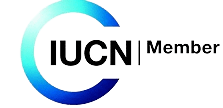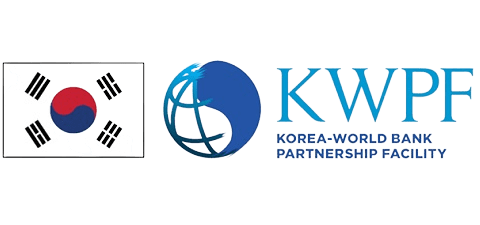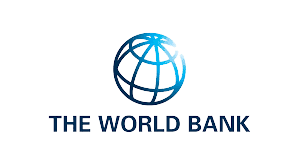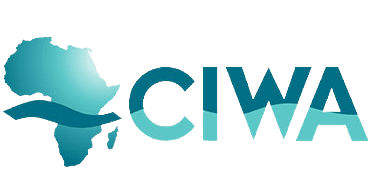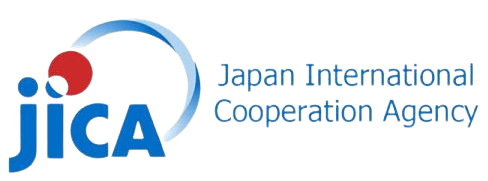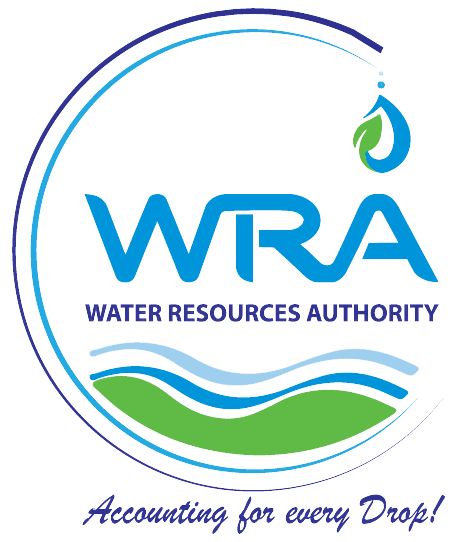Projects and Partnerships
We have multiple projects all over the country, as our main focus is on protection, regulation and dissemination.
The Horn of Africa- Groundwater for Resilience Project (HoAGW4R) is a World Bank funded project in collaboration with…
The Royal Kingdom of Netherlands (RKN) through its Dutch Ministry of Foreign Affairs and the Ministry of Infrastructure and…
This is a WRA-WWF partnership to implement a project titled “Catchment 2 Tap”. C2T project a five-year nexus projects…
ePIVOT is an acronym that stands for: Enhancing Partnerships for Industry-led Vocational Training and education (ePIVOT) in the horticulture…
This project is aimed at capacity development of water resources management in WRA through enhancement of surface water monitoring.…
This is a GCF funded climate change adaptation project for water security with funding amount of USD 10 Million.…
This is a GCF funded climate change adaptation project titled ‘TWENDE: Towards Ending Drought Emergencies: Ecosystem Based Adaptation in…
The World Bank through Kenya Water Security Climate & Resilience Project has developed the six Basin Plans for Lake…
Our Partners
